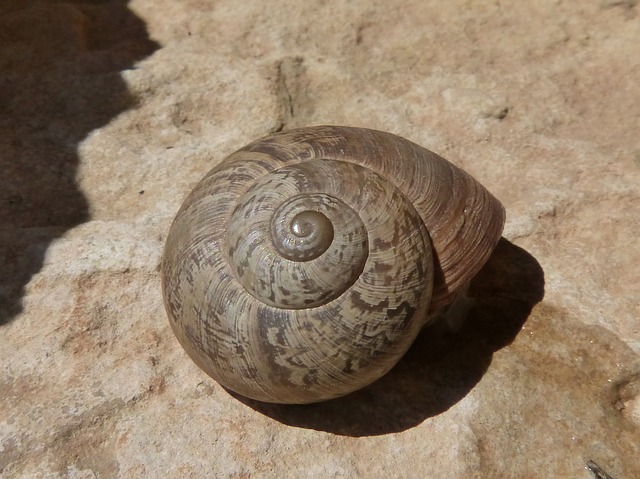This snippet has been extracted from “Northern California Gardening” by “Katherine Grace Endicott”. How seeding works is well described in the article below and relevant information is well shared on “Tree Trimming Stockton CA“.
Seeding
Seeds are intriguing. Some are so tiny that a million of them would nestle in a teaspoon. The largest seed is a coconut (Lodoicea maldivica) that the French call coco-de-mer or sea coconut. For centuries these immense sea coconuts washed up on French and English beaches from the Seychelles Islands, about one thousand miles east of Africa in the Indian Ocean. You would not want to be asleep on the beach when one arrived because the sea coconut can weigh up to forty-five pounds. (The record weight for a common coconut is only six pounds.)
Some seeds travel incredible distances; some wait interminable. With true long-term planning, Nature produces a portion of seeds much hardier than the rest in order to stagger and assure germination. In Northern California, certain species of Manzanita and ceanothus have adapted to the periodic burning that occurs in our brush land by germinating when heated enough to scarify the seed coat. Only then can water penetrate and initiate growth. Propagators of the stately Matilija poppy (Romneya coulteri), often burn straw over seed flats to encourage the seeds to sprout.

Seeds germinate under a wide variety of conditions. Take, for another, common corn seeds. Planted in the spring garden with the temperature around 510F, corn seeds will germinate in about twenty-one days. But placed in a warm spot, say the oven with just the pilot light on, they germinate in only three days. Or, to use the opposite extreme, consider lettuce seeds, which are dormant in the summer. During hot spells lettuce seeds prefer not to bother germinating at all. Given a two-week summer vacation in the freezer and then planted temporarily in a cool spot, say an ice chest in the basement, lettuce seeds may perform like troupers. Techniques to encourage germination.
Seeding-step by step
1. Start with very fine soil. Most gardeners use a sterilized soil such as a potting mix. A few terrific gardeners believe that garden soil and compost are preferable because they contain beneficial soil microbes. They are doubtlessly correct, but most people still stick to sterilized potting soil because so many seedlings die from a fungus (actually a complex of microorganisms any one of which can be the culprit) popularly called damping off, which is carried in the soil. When a seedling dies by damping off, it keels over from a weakened stem right at the soil line. This is such a sad sight for an eager gardener that sterilized soil is usually preferred.
2. Use clean containers. Some gardeners use milk cartons with holes punched in them. I use small clay pots that have been run through the dishwasher. Some prefer growing seeds in flats. Nurseries and mail-order seed companies sell nifty plastic units that resemble miniature greenhouses. Old containers may be set out in the sun to help sterilize them and prevent the spread of fungal diseases.
3. Add water to the soil mix and stir or mush it about with your fingers until it is wet. Old, dried-out potting soil is amazingly difficult to get wet; so it is much easier to get the soil wet before you put the soil into containers.
4. Put the wet soil into the small planting containers and let excess water drain.
5. Place the seeds in the wet planting soil. Some seeds are very small and this can be tricky work. Don not place the seeds close together. Leave at least one-half inch between them, preferably more. The general rule in planting any seed is to cover it to a depth three to four times its size.
6. Cover the seeds very lightly with soil. This means only-eighth inch of soil on top of each seed. Some English gardening friends tell me they use vermiculite to cover seeds because sunlight can be transmitted easily through vermiculite. However, some seeds germinate best in darkness. Read the seed packet to see if a need for light or dark is specifically mentioned.

7. Many seeds, and most vegetable seeds, do better when grown in warm conditions preferably with bottom heat, which emulates warm soil.Gardeners place seed pots on top of refrigerators, water heaters, or other appliances that produce a slightly warm surface. Remember to keep the soil damp.
8. Once the seedling has pierced the soil, it needs between four and six hours of sunlight a day. Remember to turn the pots regularly so that the seedlings do no grow lopsided as they bend toward the light. Also be sure to place a sturdy tray beneath the seedling pots to catch water runoff.
9. For the healthiest crop, thin plants so they do not crowd one another. The best way to thin is to snip off the unwanted seedlings with a pair of scissors. When pulling seedlings out you run the risk of disturbing or uprooting a
neighboring seedlings.
10. Seedlings are generally considered ready to transplant when they develop the second set of leaves. If the weather is not great outdoors or if you think the plant should be sturdier, transplant it to a larger pot and continue to nurture it indoors.
11. Acclimated seedlings grown indoors by moving them outdoors for a few hours a day for several days, a procedure called hardening off. This is an excellent technique for assuring the survival of the seedlings. However do not put the young seedling in direct sun during these visiting periods. Some gardeners leave the seedlings outdoors for an entire day and night before subjecting them to the rigors of transplanting.
12. Carefully transplant the seedlings into the garden. Be gentle. Do not press down hard on the soil around the seedling roots as this will compact the soil and deprive the roots of air. Roots need both air and water in the soil to thrive. Shield the seedling from bright sun for the first few days. A shingle makes a go shield for one seedling. An umbrella will shield several seedlings.
Continue reading on Troubleshooting ailing plants
